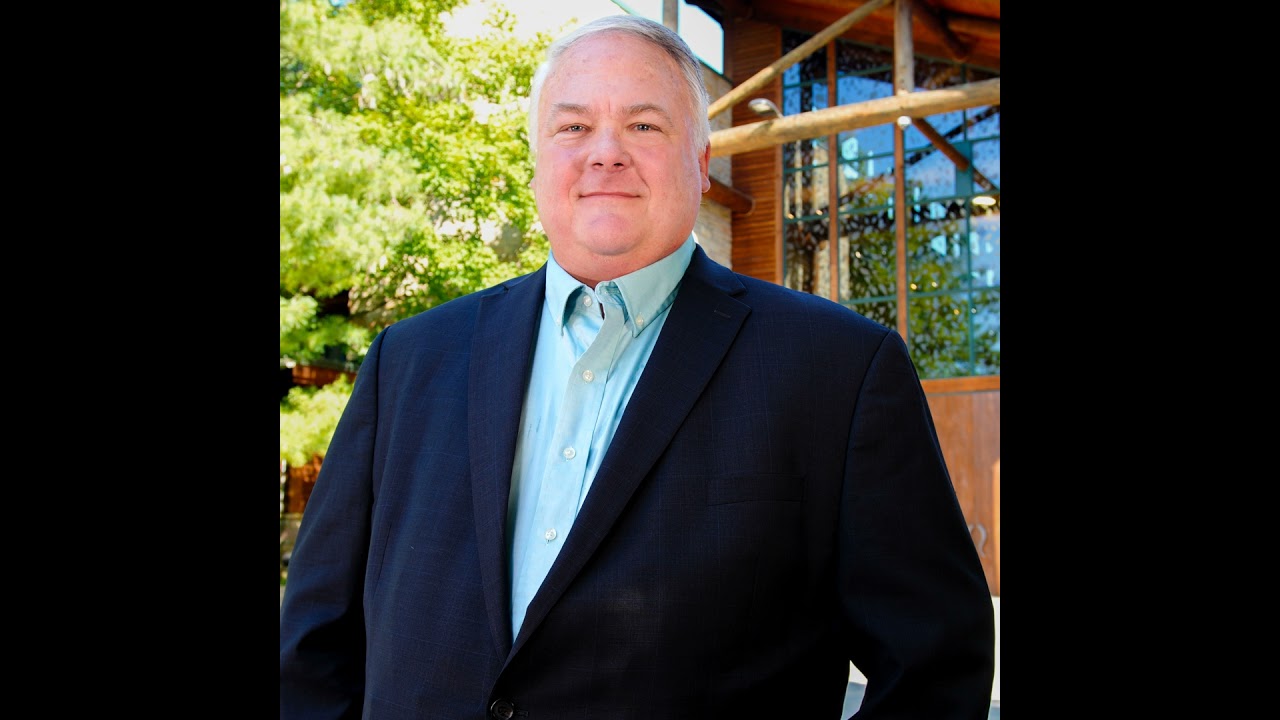- The pivotal role of effective communication between the President/CEO and stakeholders in zoo management and conservation efforts.
- Key challenges and solutions in balancing wildlife conservation with public engagement in a zoo setting.
- Innovations in animal care technology and its impact on wildlife well-being.
- Strategies for enhancing educational programs within zoos to foster wildlife conservation awareness.
- Significance of international collaboration in global wildlife conservation efforts.
Effective communication between the President/CEO of a zoo and stakeholders is a cornerstone for successful wildlife management and conservation. The President acts as a bridge between various parties, including the board of directors, staff, volunteers, governmental agencies, donors, and the general public. This multi-directional communication cultivates transparency and trust, ensuring that all parties are aligning towards achieving the zoo’s mission. Open channels allow the President to present updates on projects, address concerns, and share successes, promoting a collaborative environment essential for solving conservation puzzles.
Challenges in balancing wildlife conservation with public engagement in zoos are numerous. Zoos are central to educating the public about wildlife, serving as living classrooms. Yet, there is a fine line they walk between displaying animals for educational purposes and ensuring the animals’ plenitude in their habitats. Maintaining naturalistic enclosures that provide enrichment while accommodating visitor viewing is paramount. This requires ingenuity in habitat design and a deep understanding of animal behavior to meet the needs of both wildlife and visitors. Zoos must continuously reassess their approaches, using visitor feedback and behavioral data to enhance both animal welfare and educational output.
Innovations in animal care technology are revolutionizing wildlife well-being in zoos. From advanced medical treatments and diagnostic tools to environmental enrichment devices, technology is a vital ally. RFID tags, for instance, provide real-time data on animal movement and health, allowing zookeepers to monitor well-being without intrusion. Such technological advances empower zoos to focus on proactive rather than reactive care, significantly improving the physical and psychological health of the species under their stewardship. Technology also assists in supporting endangered species through breeding programs, using data-driven approaches to foster genetic diversity and population sustainability.
Educational programs within zoos are fundamental to stimulating public interest and commitment to wildlife conservation. Zoos must innovate their educational strategies to stay relevant and impactful. This involves interactive exhibits, STEM-based educational programs for schools, and leveraging digital platforms to reach a broader audience. Programs that allow direct engagement, like behind-the-scenes tours and conservation workshops, effectively foster an appreciation for biodiversity. By instilling a sense of responsibility and curiosity in visitors, zoos play a crucial role in developing future stewards of wildlife.
International collaboration is quintessential for advancing global wildlife conservation. Many species face threats that transcend national boundaries, necessitating a concerted global effort. Zoos are crucial players in this network, often participating in species survival plans and sharing research, skills, and resources across borders. Collaborations with international conservation organizations and participating in global breeding programs are examples of how zoos contribute to conserving biodiversity on a planetary scale. These initiatives underscore the zoo’s role not only as a local educational entity but as an influential advocate for global wildlife conservation.
In conclusion, every aspect of zoo management and wildlife conservation requires a multifaceted approach. Communication, innovative technology, educational initiatives, and international collaboration are vital components. The President/CEO’s effective dialogue with stakeholders is key to ensuring these elements work harmoniously for the enhancement of both the zoo’s mission and its educational and conservation goals. A well-operated zoo not only educates the public but plays an active role in global conservation, preserving the silent beauty of nature for future generations.
*****
Source Description
Meet Doug Piekarz, President & CEO of your Akron Zoo, and listen as he reminisces about his time here at the zoo!


